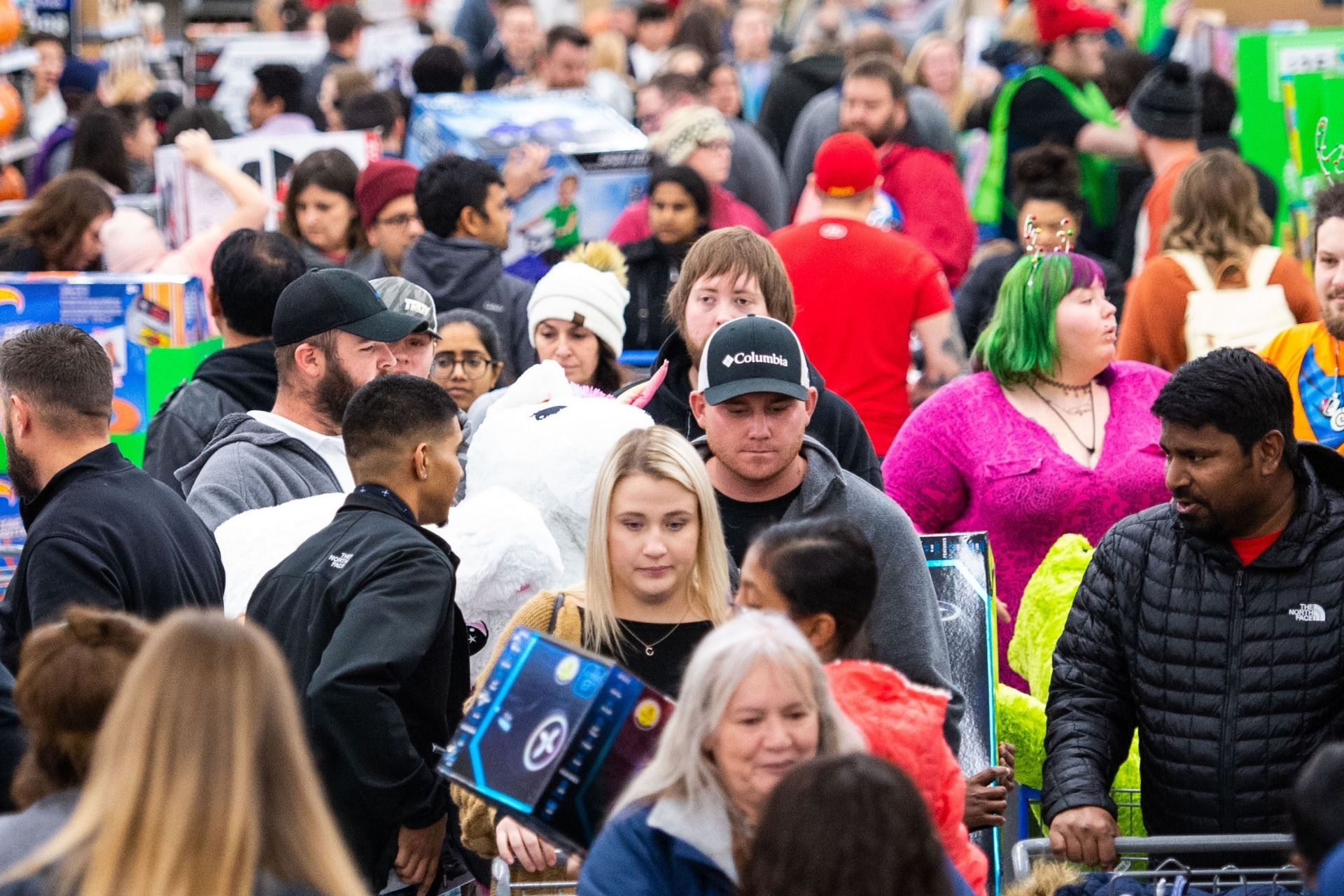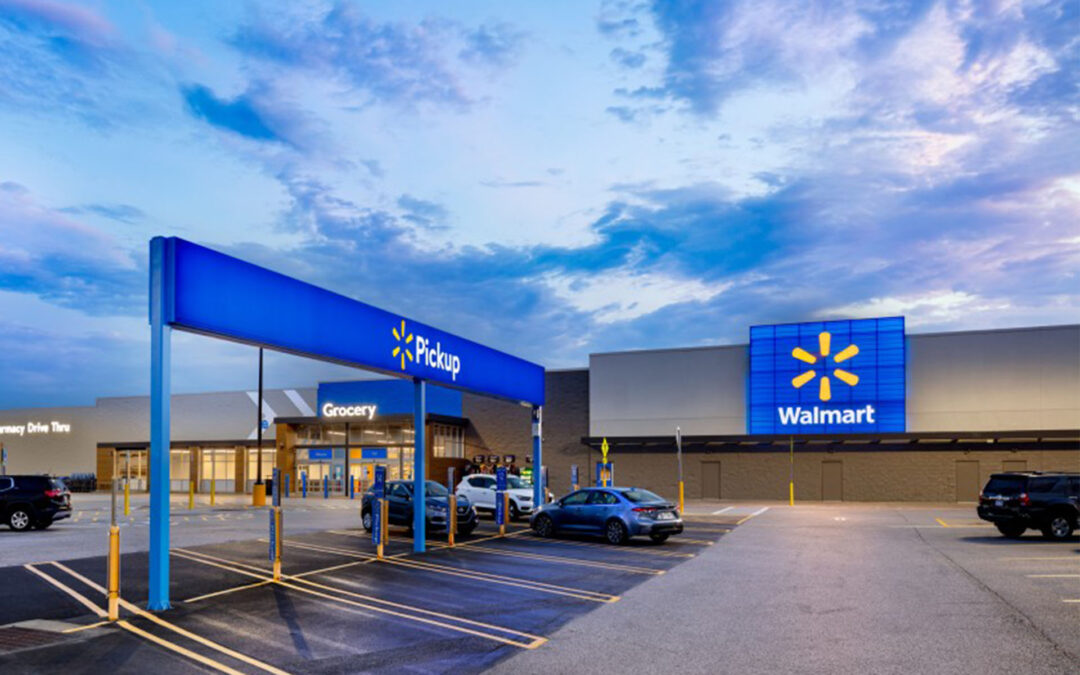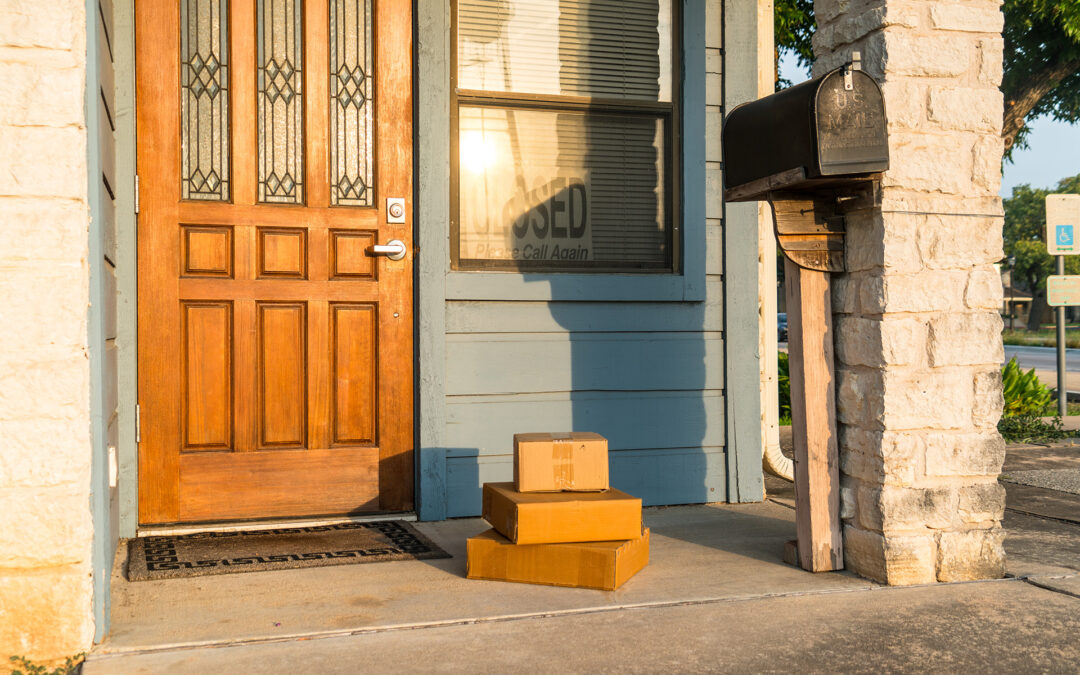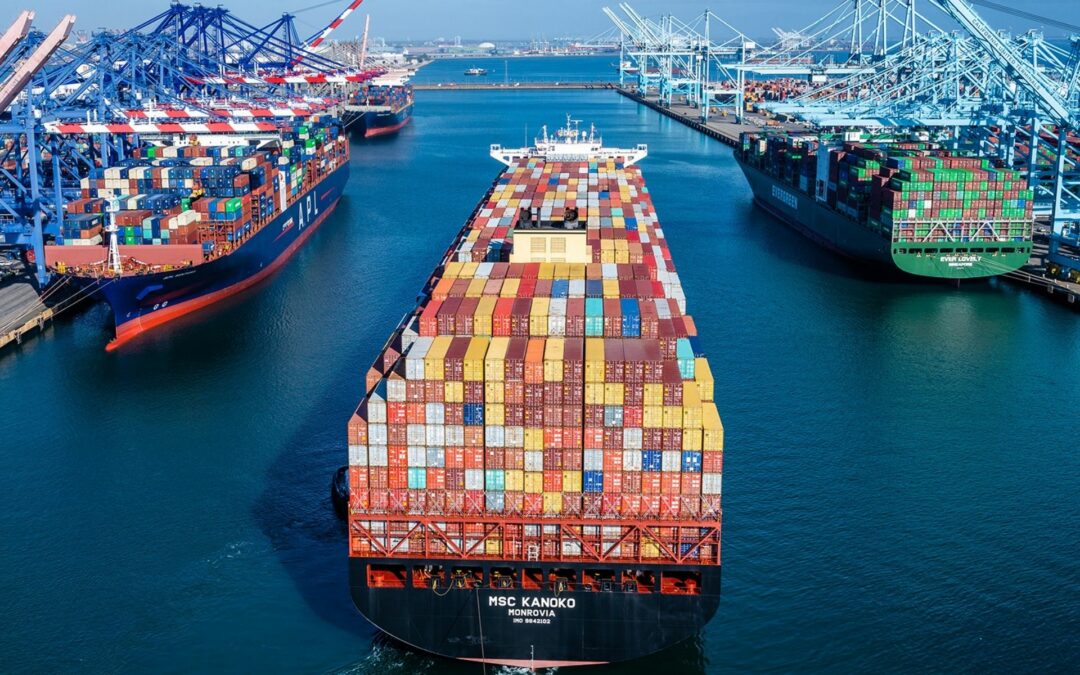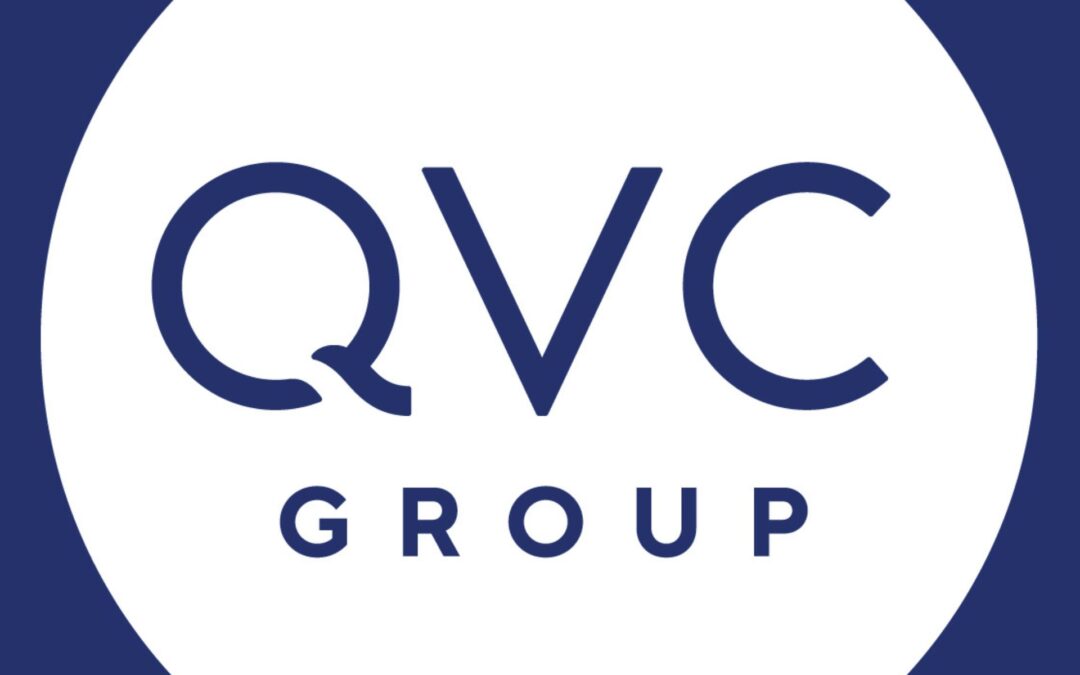The National Retail Federation announced a revised annual forecast for 2021, anticipating that retail sales will now grow between 10.5% and 13.5% to more than $4.44 trillion this year as the economy accelerates its pace of recovery.
The organization made the announcement as part of its inaugural State of Retail and the Consumer event.
The revised forecast surpasses NRF’s initial projection of at least 6.5% growth made in February when more uncertainty surrounded consumer spending, vaccine distribution, virus infection rates and additional fiscal stimulus. NRF now estimates that 2021 retail sales will total between $4.44 trillion to $4.56 trillion. It expects on-store and online sales, which are included in the total figure, to grow between 18% and 23% to a range of $1.09 trillion to $1.13 trillion as consumers continue to shop e-commerce sites heavily. Numbers exclude automobile dealers, gasoline stations and restaurants.
The latest figure compares with $4.02 trillion in total retail sales during 2020, when $920 billion was from purchases made through non-store and online channels.
“We are seeing clear signs of a strong and resilient economy,” NRF chief economist Jack Kleinhenz said as part of the forecast announcement. “Incoming data suggests that U.S. economic activity continues to expand rapidly, and we have seen impressive growth. Most indicators point toward an energetic expansion over the upcoming months and through the remainder of the year.”
Kleinhenz said that the amount of United States government fiscal and monetary policy intervention has lifted personal income and filled in for income lost in March and April of last year, creating an overabundance of purchasing power.
Given the strength of consumer spending, Kleinhenz noted that he anticipates the fastest growth the U.S. has experienced since 1984.
NRF President and CEO Matthew Shay added, “The economy and consumer spending have proven to be much more resilient than initially forecasted. The combination of vaccine distribution, fiscal stimulus and private-sector ingenuity have put millions of Americans back to work. While there are downside risks related to worker shortages, an overheating economy, tax increases and over-regulation, overall households are healthier, and consumers are demonstrating their ability and willingness to spend. The pandemic was a reminder how essential small, mid-size and large retailers are to the everyday lives of Americans in communities nationwide.”
NRF based its figures on the U.S. Census Bureau’s revisions and adjustments released April 26, the organization stated.

